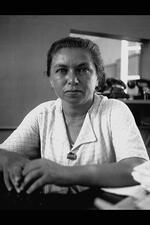
Bracha Habas
Bracha Habas was an educator and one of the first professional women journalists in Erez Israel. She was a member of Davar’s editorial board and the co-founder of its children’s newspaper, Davar le-Yeladim. Enumerating on Habas’s 48 publications, Rahel Adir described her as “the recorder of Yishuv history.”
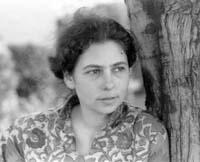
Barbara Jacobs Haber
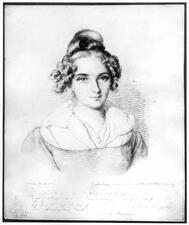
Habsburg Monarchy: Nineteenth to Twentieth Centuries
Jewish women in the Habsburg Monarchy experienced the stresses and strains of nineteenth- and twentieth-century Jewish life as Jews, as women of their particular social classes, and as inhabitants of the different regions of the Monarchy. In some regions, they modernized and acculturated, but the overwhelming majority remained deeply pious, traditional Jews.
Hadassah (Spira Epstein)
Hadassah Spira Epstein was a major dance artist of the twentieth century, a performer of Jewish, Hindu, and other ethnic dance forms, and a leading force in presenting the dance of other cultures to the American public. She was a pioneer in bringing Jewish dance to the United States and was recognized as such in the first U.S. Congress on Jewish Dance held in New York City in 1949.
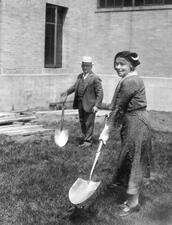
Hadassah in the United States
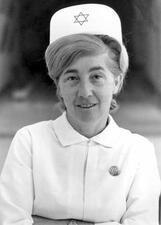
Hadassah School of Nursing: First Graduating Class
Nursing was not recognized as a profession in Israel until 1918, when the American Zionist Medical Unit, which later became the Hadassah Medical Organization, opened a nursing school. The first graduates were the leaders and pioneers of the nursing profession in Israel.

Hadassah: Yishuv to the Present Day
Hadassah, the Women’s Zionist Organization of America (HWZOA) has a lengthy history of activity in the Yishuv and Israel, going back to 1913, about a year after it was founded in New York, and continuing to this day. This activity, outstanding in its scope, continuity, stability, and diversity, encompasses efforts in the sphere of health and medical services and in the welfare of children and youth.
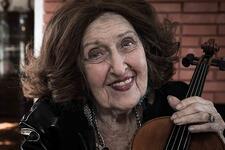
Ida Haendel
In a life that spanned the greater part of the twentieth century, Ida Haendel was one of the most enduring idols of the concert platform, an inspiration to both performers and music-lovers through her many recordings as well as her live performances and broadcasts. A musical prodigy who began performing at age four, Haendel continued her passionate violin performances into her late eighties.
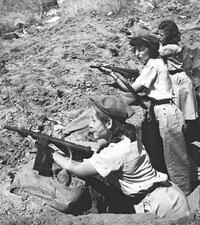
Haganah
Women played many different roles in the operations of the Haganah. Though their stories are frequently excluded from the story of the Jewish paramilitary organization in British Mandate Palestine, women served as caretakers and nurses, as well as fighters and commanders.
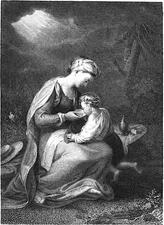
Hagar: Apocrypha
Reference to Hagar appears in a wisdom poem (Bar 3:9–4:4) that is itself part of an apocryphal letter written sometime between 200 to 60 B.C.E. to the priests and people of Jerusalem from Baruch, the scribe and close friend of Jeremiah (Jeremiah 36).

Hagar: Bible
Hagar is Sarah’s Egyptian slave woman, whom Sarah gives to Abraham as secondary wife and who would bear a child for him. After Hagar becomes pregnant, Sarah treats her harshly. Eventually Hagar flees from her mistress into the wilderness, where God’s messenger speaks to her. Hagar has long represented the plight of the foreigner, the slave, and the sexually abused woman.

Hagar: Midrash and Aggadah
Hagar is the subject of much interpretation by the rabbis, who portray her as a spiritual and even righteous woman. The rabbis often depict her relationship with Sarah as harmful and fractious, though some traditions identify her with Keturah, taken as a wife by Abraham in Gen. 25:1; in this interpretation, after their divorce she remarried Abraham after Sarah’s death.
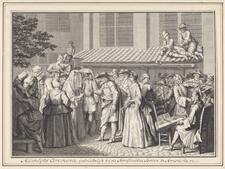
Halakhic Decisions on Family Matters in Medieval Jewish Society
Across the medieval Jewish world, rabbis used takkanot (rabbinic decrees) to address urgent needs in family life among their Jewish communities. These takkanot are key historical sources for understanding the changing roles of women in the medieval Jewish world.
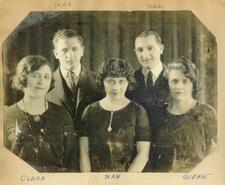
Nan Halperin
Nan Halperin was known as “The Wonder Girl” for her comic performances and rapid quick changes on the vaudeville stage. Halperin had a highly successful career, making her Broadway debut in 1914 and headlining on Broadway until 1934. She was one of the highest-paid actresses in vaudeville, famous for her “song cycle” performances.
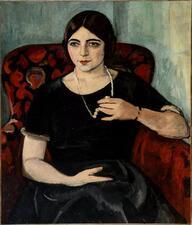
Edith Gregor Halpert
Edith Gregor Halpert was an influential American art dealer, collector, and businesswoman who opened prominent Modern Art and Folk Art galleries. As a socially conscious and successful woman, she worked to promote the rights of artists, and her galleries showcased the works of African American artists.
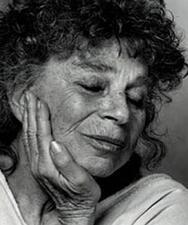
Anna Halprin
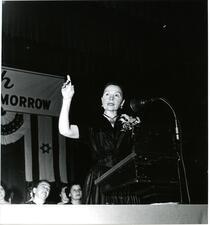
Rose Luria Halprin
Julia Horn Hamburger
A long-time volunteer, Julia Horn Hamburger was founding president of the New York Children’s Welfare League, which offered health and education services to immigrant children, the founding vice president of the Jewish Theater for Children and founding president of Ivriah, the women’s division of the Jewish Education Association. During WWII she shifted her focus to aiding the American Jewish Committee and the Anti-Nazi League.
Käte Hamburger
Käte Hamburger was a German literary scholar and philosopher who developed a philosophical theory of literature.

Sarah Hamer-Jacklyn
Sarah Hamer-Jacklyn’s popular Yiddish tales not only painted a vivid portrait of the lost shtetl of her youth, but also added a dimension male authors of the time had missed: a nuanced and complex picture of the lives of Jewish women.
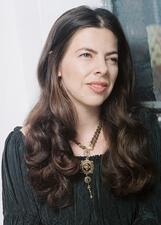
Jill Hammer
Hamutal: Bible
Hamutal was one of the queens of the Kingdom of Judah and had a great deal of influence over her sons’ reigns.
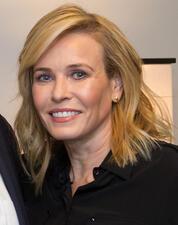
Chelsea Handler
When her confession in a DUI class left people rolling in the aisles, struggling actress Chelsea Handler launched a brilliant new career as a comedian.
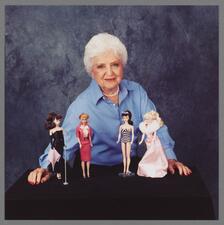
Ruth Mosko Handler
Best known as the inventor of the Barbie doll, Ruth Mosko Handler combined her marketing genius with her husband Elliot Handler’s creative designs to form the toy company Mattel, Inc., in 1939. Her battles with cancer later in her career led her to create the company Nearly Me, which developed prosthetics for breast cancer survivors.
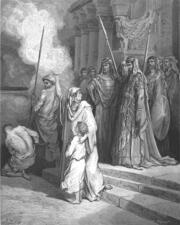
Hannah Mother of Seven
The mother of seven is a nameless figure from II Maccabees who was arrested and died along with her seven sons for defying the decree of the Seleucid monarch to transgress the commandments of the Torah. Her death is retold in rabbinic and medieval literature, where she is named both Miriam and Hannah.


